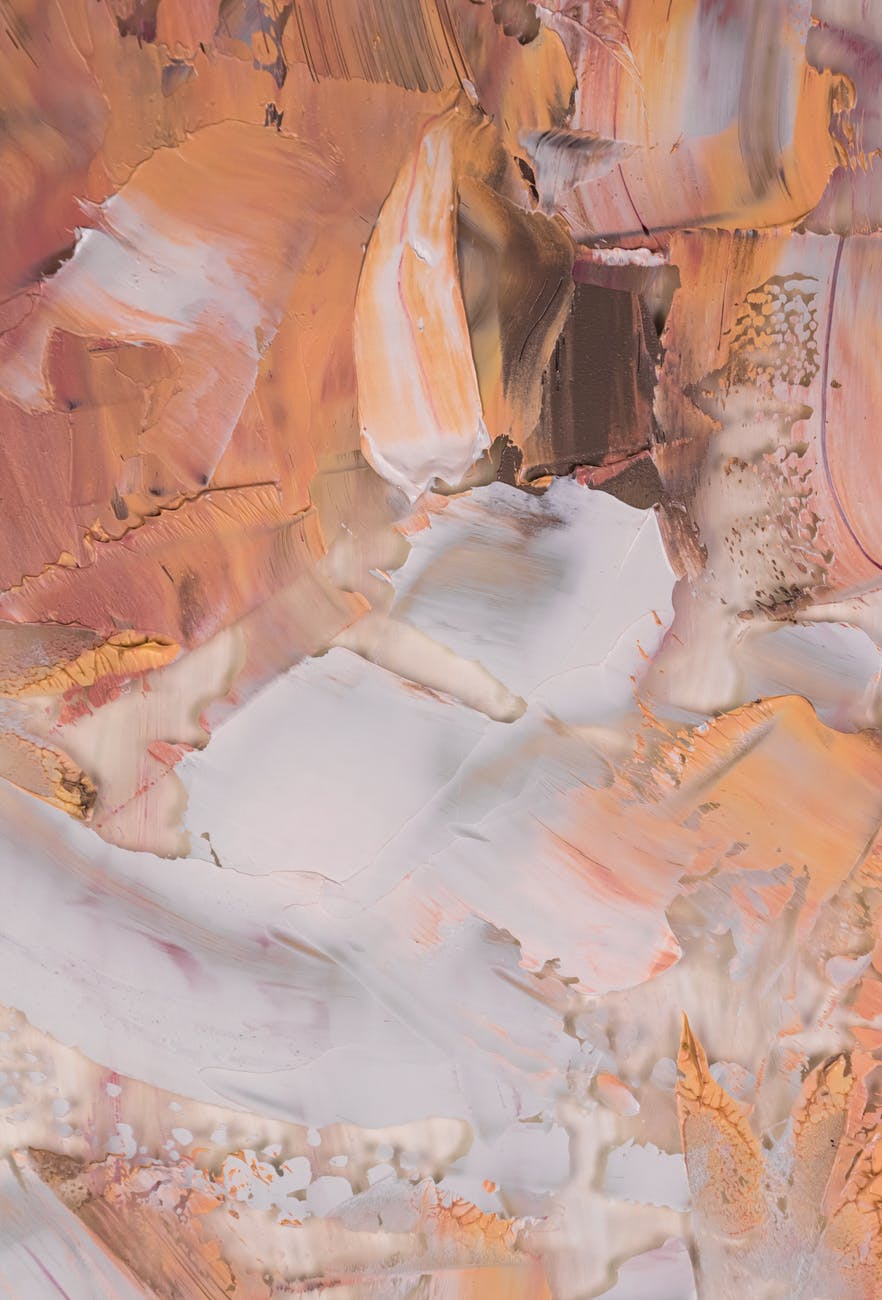Oil painting has been a quintessential aspect of the art world as early as 650 A.D., and remains a popular method of creating vibrant, textured art. Whilst the medium can be a steep starting point for beginners, the outcome is well worth the challenges. Here are 7 important tips you should know before starting!
1. choose a place with ventilation
Before starting, choose a place where you’d like to paint. Oil paints sometimes emit noxious fumes, like turpentine, which can be flammable or cause lightheadedness, and so it is always recommended that oil painting be practiced in a ventilated space, so as to prevent long-term health complications (especially if exposed to it for long periods of time).
Painting outside, for example, or having a well-ventilated studio to paint in, is an important step in beginning one’s journey as an oil painter. Oil-based paints, being saturated in flammable chemicals and compounds, can also make the equipment flammable, and so it is important to have a way of smothering the rare fire or, better yet, to maintain a clean work space with an organised methodology to storing and disposing of materials as they are used.
Once you have all of these options ready to go, and have done the research necessary in establishing this work space, we can begin with the painting process.
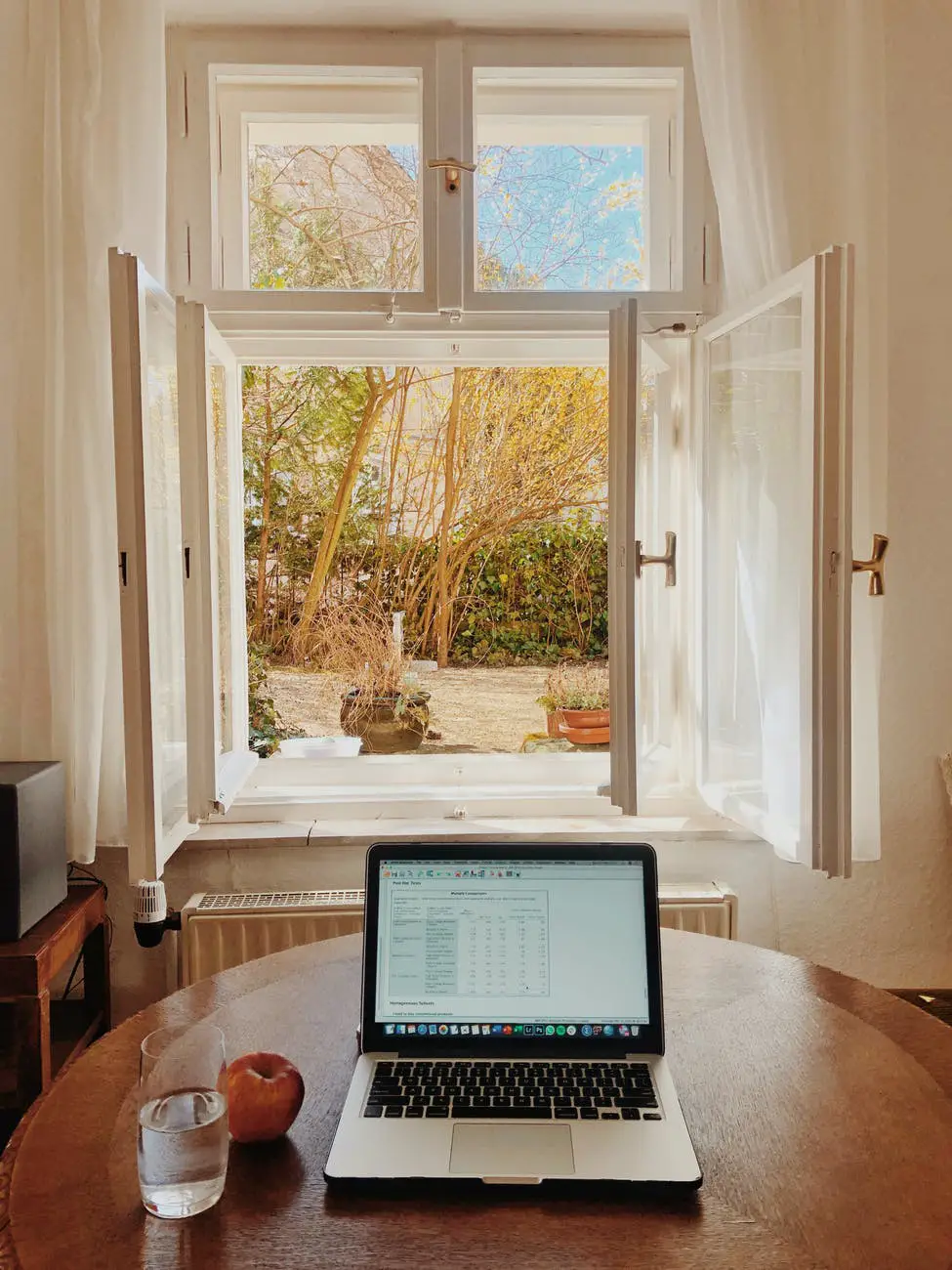
2. don’t buy too many paint colours
Oil paints can quickly rack up a hefty price tag if you’re shopping in bulk, but good use of your materials can be a cost-saving solution to that.
When beginning, it can be tempting to get more paint than you need, but experts recommend acquiring small samples of paints when starting out, so as to develop a personal taste when it comes to pigments and brands. It may be worth experimenting and making note of the paints as you go. Furthermore, you can make a lot of colours with just a few colours.
You can experiment some colour mixing using the online colour mixing tool here.
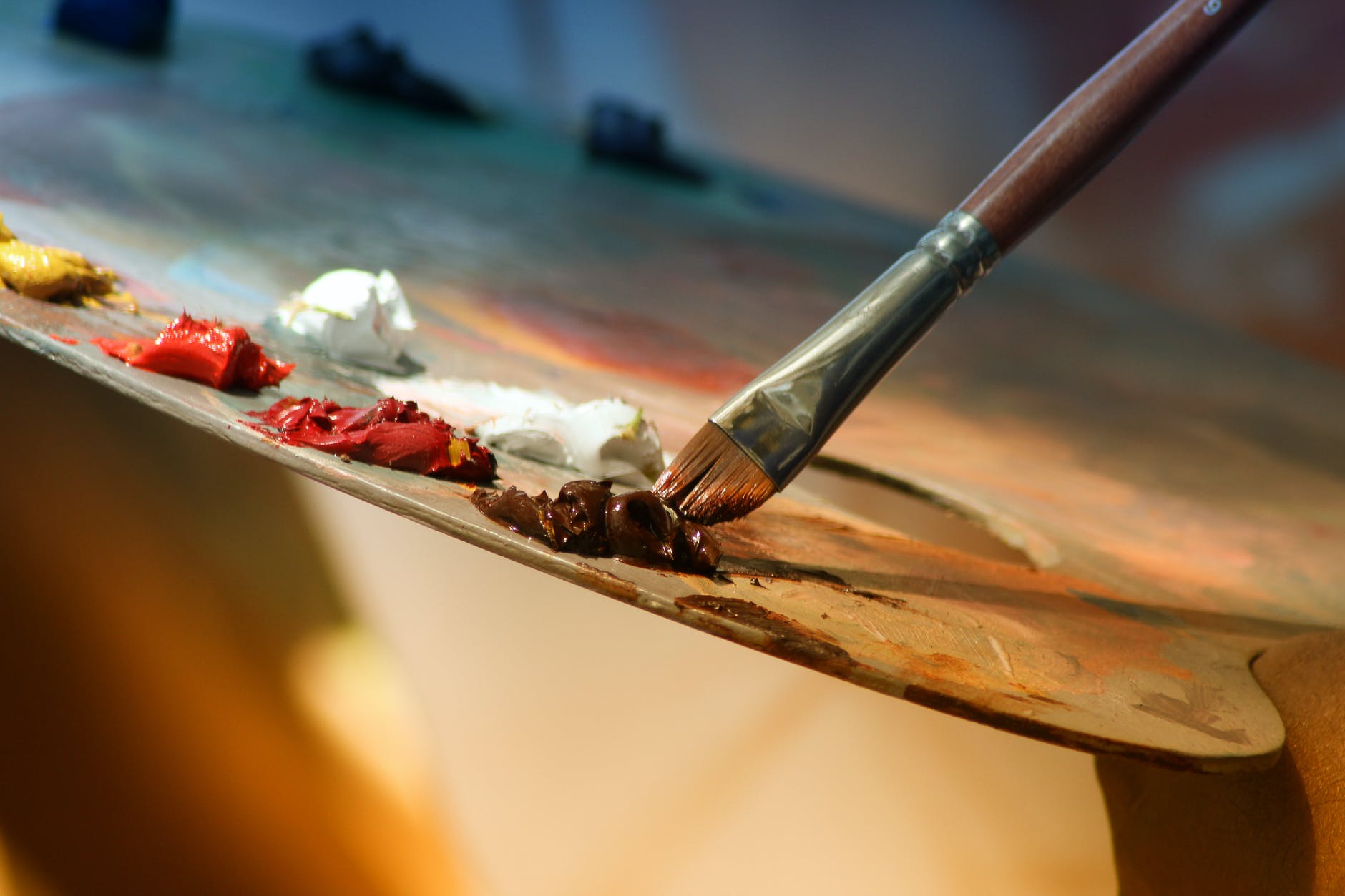
3. get decent quality brushes & a palette knife
Investing in good brushes and treating them well can stretch their shelf life to a lifetime. Make sure to invest in a pallet knife for this reason, as mixing paints with the brushes can lead to bristles wearing out quickly.
Store your brushes flat, attempting to prevent the brush hairs from touching each other as much as possible, and dry them as soon as you have cleaned them fully – that is, when the water used to clean the paintbrushes runs dry. Most importantly, do not leave the brushes suspended in any liquid, especially water, even while painting! Oil paint dries extremely slowly, and so leaving them in water is more risk to the brush integrity than leaving drying paint on the brush while working. Clean your brushes as soon as you are done working with them, and dry them thoroughly before storing them.

4. finding a surface & a technique
Now that you have your paints and your work space all safe and secure, it is time to begin painting!
Most oil painters work on canvas, with “wet on wet” being a common technique. “Wet on wet” painting involves applying a preliminary coat of paint to the canvas before beginning to paint the subject onto it, with the coat often being either a layer of clear medium or white wash. This method, however popular, requires fast work, since, while oil paints are slow to dry, one needs to layer the coats before the preliminary “wet” layer fully dries. However, some paintings take up to a week to dry completely, and so you should not feel as though you must rush to complete your first paintings.
A good rule of thumb when painting with oils is “lean to thick”, or a methodology of painting that requires the painter to start applying layers of paint in increasing thickness, with the first layers being the most thin and the last layers being the most viscous. As you layer, fewer medium should be added to the painting mixture, and more oil, making sure that the final work dries evenly and without paint cracking or chipping away. It may take several attempts to perfect this method, but the results are more than worth it!
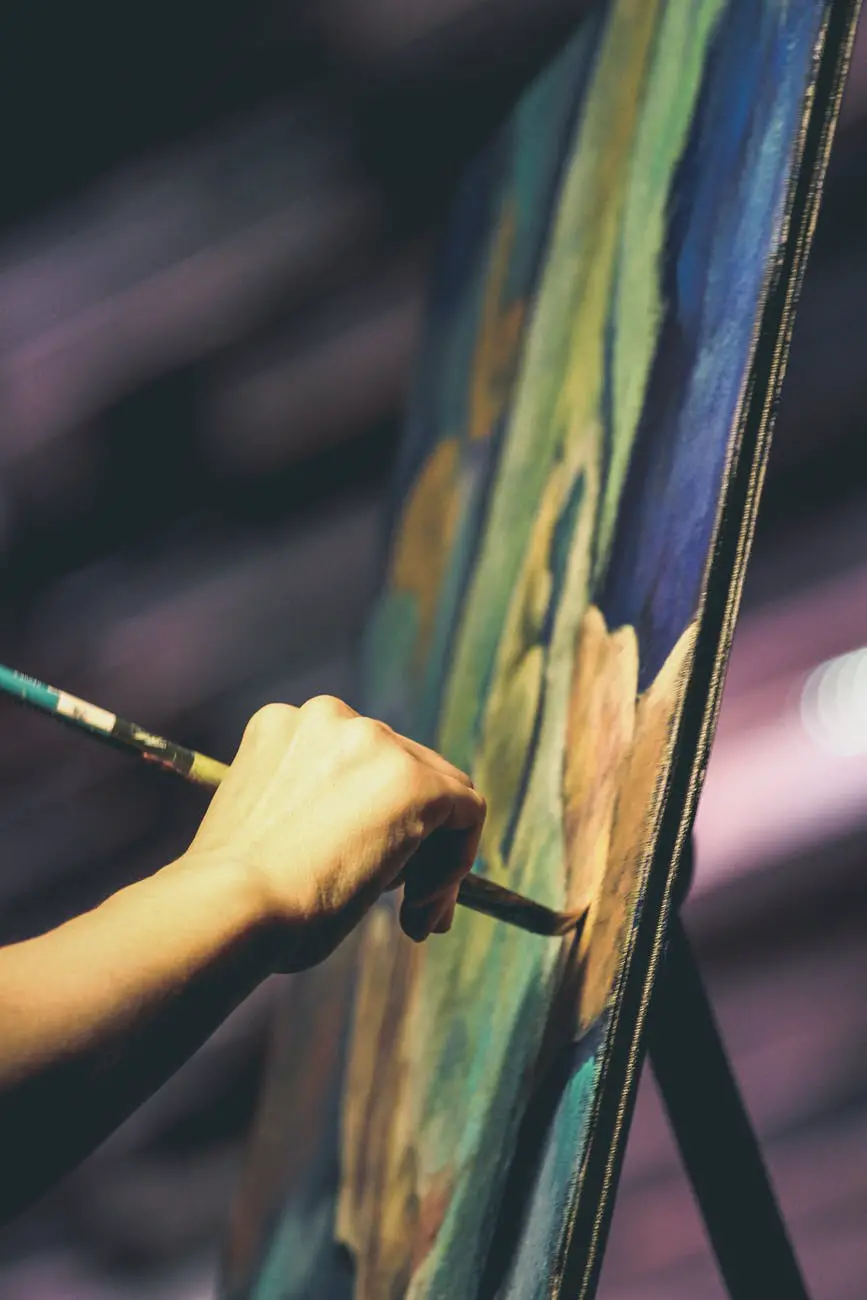
5. you don’t need water in Oil Painting
Oil and water don’t mix, it’s a common known fact. You won’t need any water when painting with oils, even when cleaning your brushes. If you need to thin the paints, you can use oils like linseed, poppy seed, walnut and safflower.
6. finding a subject to paint
As for the first subjects for your painting, consider selecting something with basic shapes that can be painted over and over, in different positions or in different lighting, allowing you to explore your own personal techniques of creating texture and shading.
While still life might be a cliche, it is a good place to start honing your technique and becoming comfortable with the somewhat threatening reality of painting with oil. Even if you have many years of experience painting in other mediums, you may find yourself feeling like a beginner again, learning to paint for the first time. It is best to embrace the feeling of exploration, and learn what you can do with oil paints; what forms appeal to you and what methods make you satisfied with your work.

7. take your time
As you paint, make sure to take regular breaks to drink and rest your eyes, especially in the beginning days as you may, on occasions, get frustrated with your work! Returning to a painting after having had a few minutes to drink water and look at something else may give you a fresh perspective, and reinvigorate your creative spirit.
While it may be tempting to compare yourself to other painters as you are in the beginning stages, it is far more productive to speak to other beginners, or to teachers, in order to pace yourself in the learning process. Consider looking around your community for oil painting classes, or others who are just starting out.
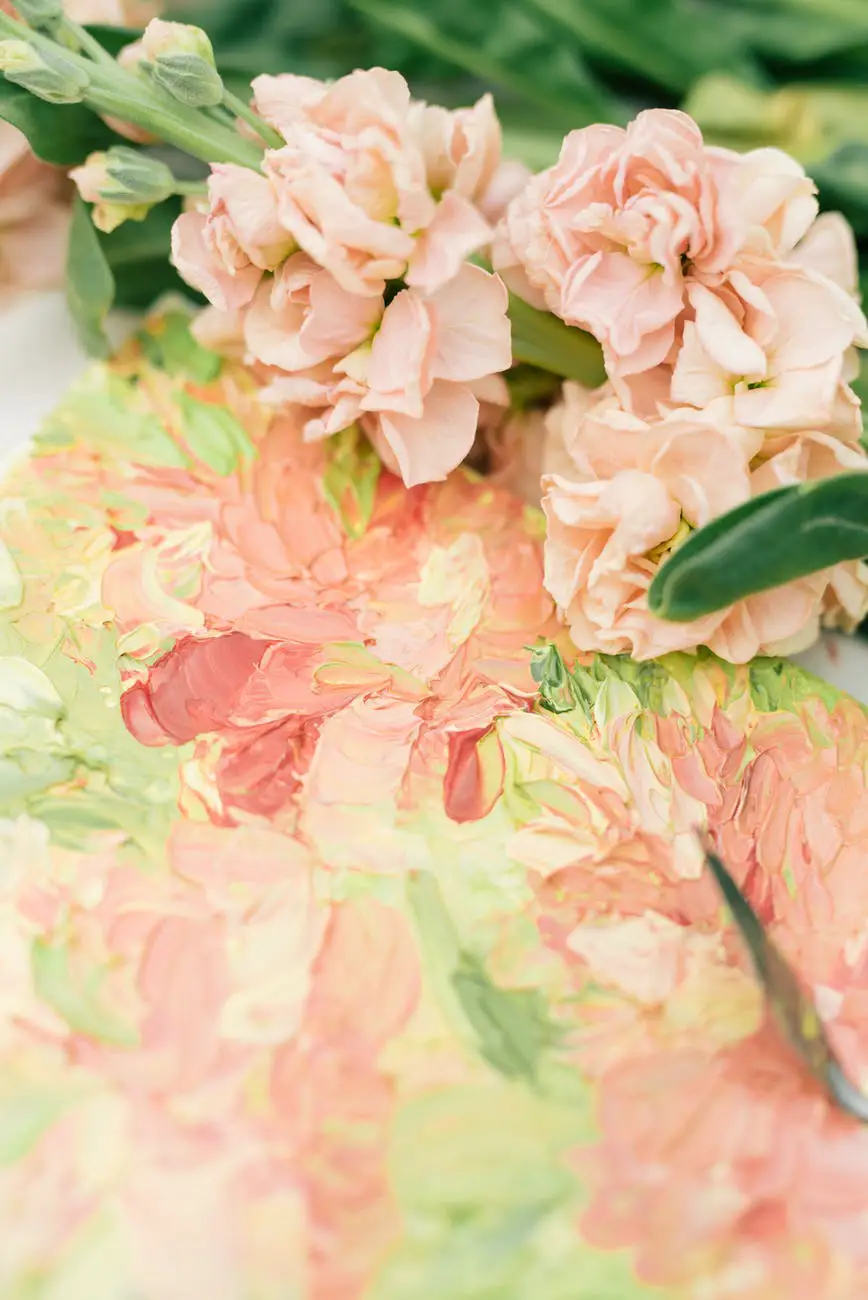
Altogether, oil painting can be a challenge, regardless of if you’ve never painted before, or if you’ve painted your whole life, but with the right attitude and practice, it can be immensely rewarding!

